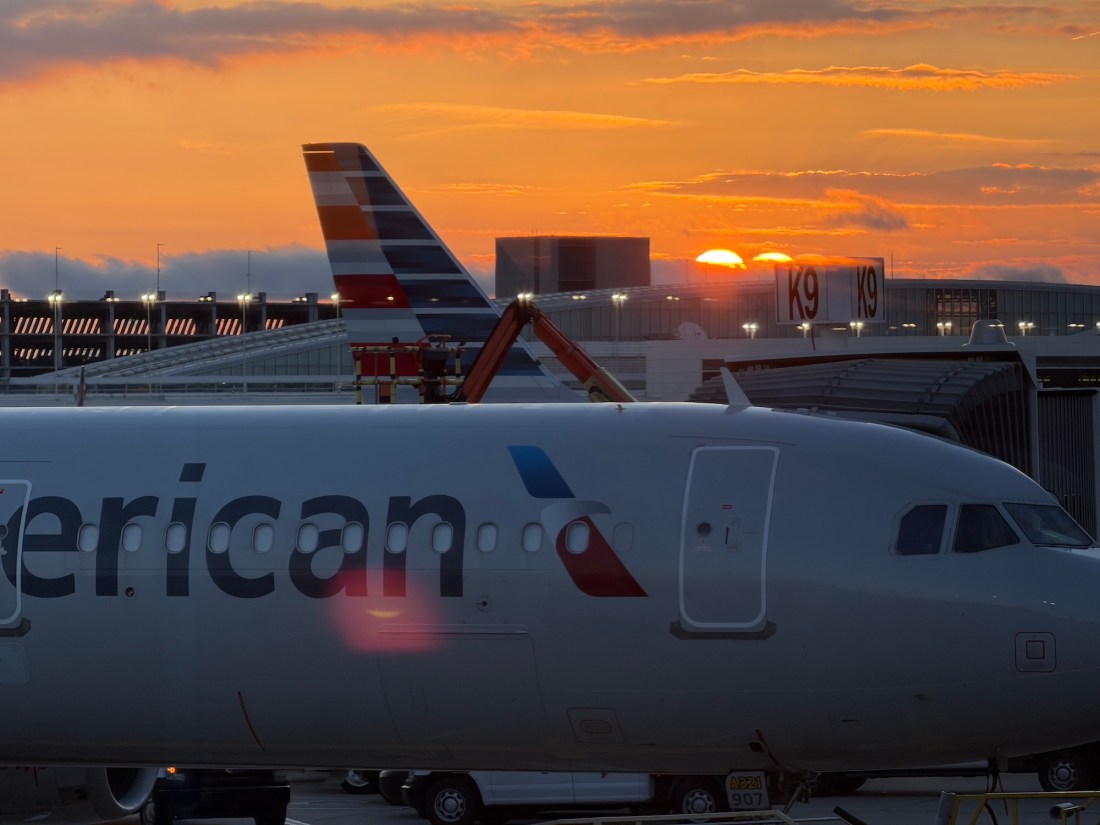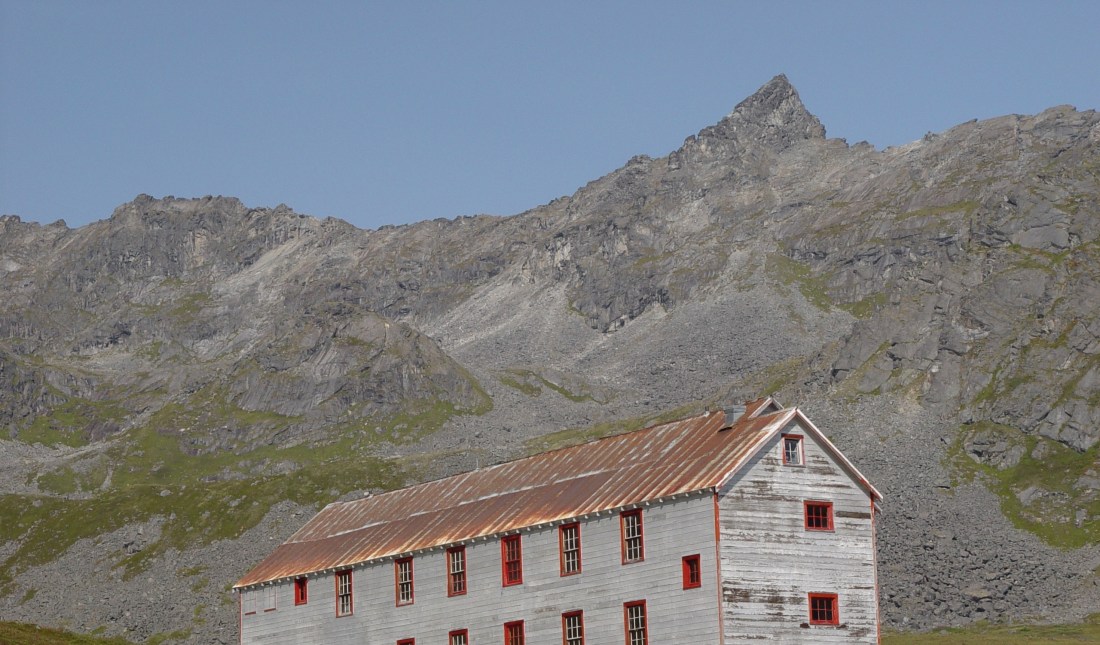September 29 - October 5 My weeknotes capture events, thoughts, and other items from the past week, often focused on work, but with personal stuff, too. Learn more about weeknotes. I'm back from a short vacation, catching up. In this weeknote I have a few professional items, but most of it is recounting my recent … Continue reading 2025 Weeknote 40 : The journey of 170 miles starts with 30 miles
Category: Pixels
5 Photos: Decades of life revealed after death
In October 2010 the wife and I headed to upstate New York for the regrettable task of combing through her parents' home after her mother passed away and before the house was sold. Like so many generations before us, it was our job to comb through the accreted objects of two lifetimes and find anything … Continue reading 5 Photos: Decades of life revealed after death
5 Photos: ECHT 1992
From late August to late December 1992 I was a non-digital nomad. I was traveling with about 40 other Americans—mostly college students—on a 16-week (semester-long) tour of western and eastern Europe (mostly), visiting 16 countries in that time, starting in London and ending in Jerusalem. I picked up college credit for several classes, a new … Continue reading 5 Photos: ECHT 1992
5 Photos: Alaskan Summer 2004
20 years ago I was living in Alaska with my wife, our Cairn Terrier Angus and a black cat named Arcadio. It was our 4th summer on the Last Frontier and we were "locals" by then—or at least as local as you can be when you weren't born in Alaska. Here are 5 photos from … Continue reading 5 Photos: Alaskan Summer 2004
5 Photos: Death Valley 2004
If February 2004 my wife and I escaped the Alaskan winter to find a little time in the southern California sun. I'd been working for an Alaska Native Corporation on a military contract at Fort Irwin, staying in Barstow, so I'd been getting to know the Mojave a little better, but I never had enough … Continue reading 5 Photos: Death Valley 2004
5 photos: Earthquakes and The Lost Coast in 1992
I'm trying out something new here -- limiting myself to 5 photos from my collection, and telling the story around those images. Immediately after finishing my junior year of college I took a trip. This was late April 1992. No parents. No friends. No cell phone. No GPS. I flew from Ohio to San Francisco, … Continue reading 5 photos: Earthquakes and The Lost Coast in 1992





